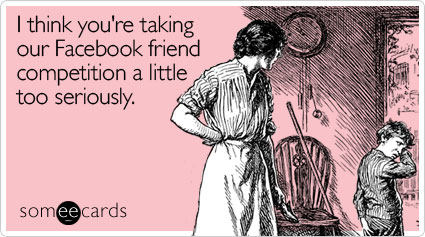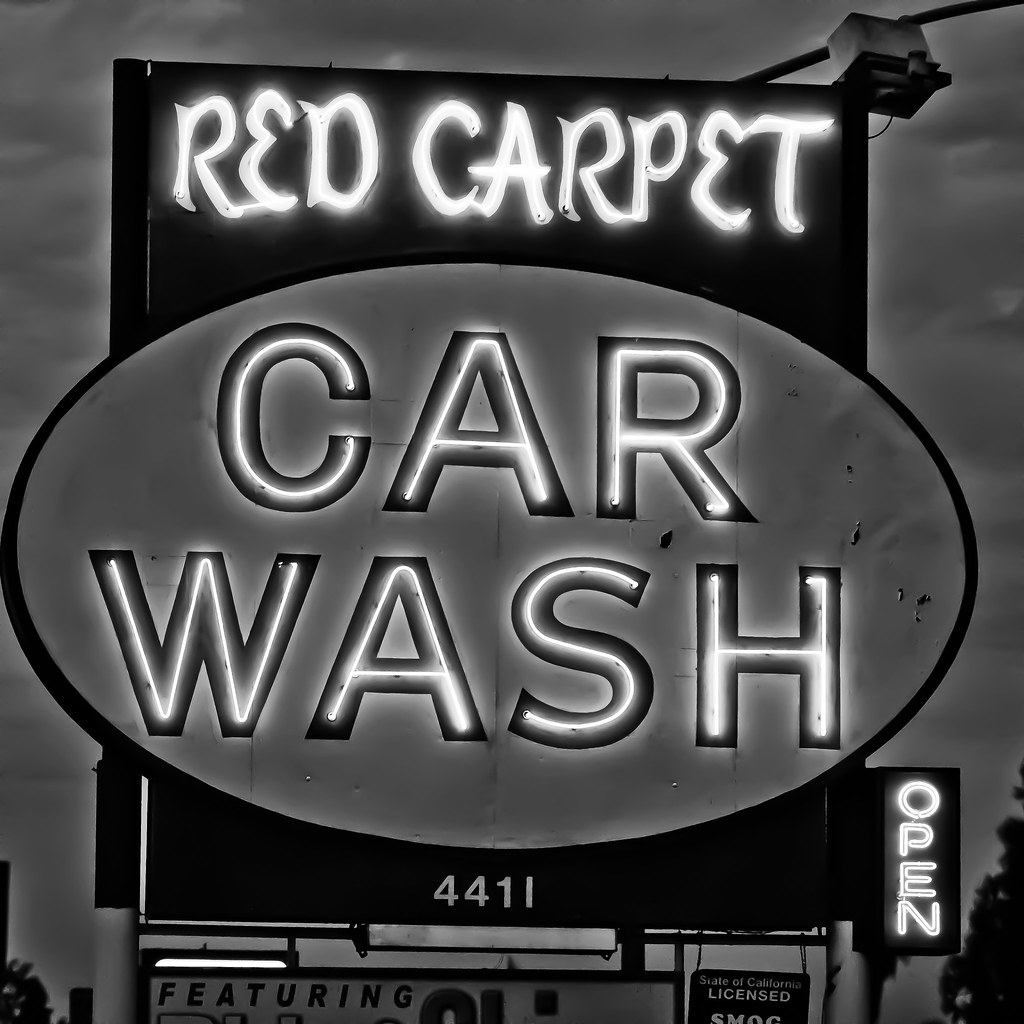It's that time of year again! Colleges and preK-12 schools are opening their doors for another year of teaching and learning. Most of you - whether you’re a student, teacher or parent - will have an
emptier home over the next 9-10 months. An emptier home provides endless
opportunities to lower that energy bill! Here are some energy-saving tips that
I follow as well as others from energyinyourlife.com:
1.
Adjusting
the thermostat
- Turn off the thermostat completely, or...
- Turn up the thermostat to 78 degrees or higher when using AC
- Turn down the thermostat to 68 degrees or lower when using heat
- Change the temperature remotely using a programmable thermostat and your smartphone
2.
Making
lunches
- Take out all the food you’ll use from the fridge at once - opening it multiple times uses an exorbitant amount of unnecessary energy
- Use reusable lunch bags or boxes with insulating sides to keep things cold and reusable sandwich and snack containers to minimize waste
- Bring a cold lunch to avoid using a microwave
- Fill up a reusable water bottle to stay hydrated. I like CamelBaks
3.
Unplugging
electronics – gaming consoles, computers and rarely used kitchen appliances can use
a lot of power when off but still plugged in, so save some energy and unplug!
4.
Closing
blinds
- AC works a lot harder to keep your home cool when hot sunlight is pouring in
- Get some insulating shades to keep your home even cooler
5.
Getting
an audit
- PG&E offers various energy auditing services to make sure you’re getting the most bang for your buck
- energy.gov provides some other energy audit tips and opportunities
6.
Dressing
appropriately – it’s still pretty warm out now, but it’ll cool down soon and if
your school is air conditioned, be prepared and wear layers!
7.
Going
to and from school efficiently – walk or bike if you can, and carpool if you
need a lift.
 |
| Photo Source: http://www.ecosmartworld.com/ |






